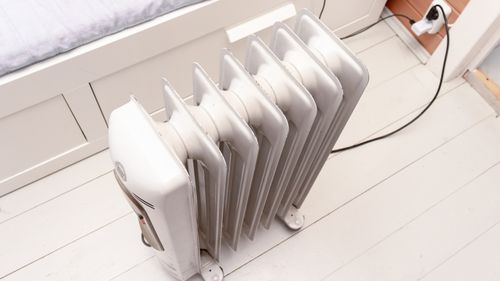Come June 1, those with a smart meter on time of day pricing will see their energy bills spike.
Ausgrid, which supplies power to 1.5 million households and businesses in Sydney, the Central Coast and the Hunter, introduced new seasonal tariffs in 2018.
While there is no peak period anymore during some Autumn and Spring months, there is an afternoon/evening peak during summer and the months of June, July and August.

“Usage rates on the last day of May will be dramatically different on the first day of June,” Compare the Market spokesman Simon Downes told Nine News.
“It’s the worst possible time for households… It’s really going to give you some bill shock.”
From June 1 until August 31, peak usage rates will apply from 5pm to 9pm weekdays.
Energy companies keen to see a drop in electricity use during peak times have offered different incentives to cut use including time of day tariffs.
The advice is to get washing and drying done in the morning if possible, get the dishwasher on overnight or in the morning and avoid energy-guzzling heaters when you get home from work.
Gas heaters are traditionally a little cheaper to run than electric heaters but if you don’t have gas, there are still discrepancies between types of electric heaters.
Canstar Blue found a panel or convection heater is cheaper to run than a ceramic or radiant bar heater.
Fan heaters and oil columns are the most expensive unless you switch on the reverse cycle air conditioning to heat up your home which is the most costly method.
And if the bills are starting to bite, you might be eligible for one of the government’s electricity rebates.
Applications for the NSW Family Energy Rebate which provides a credit of up to $180 for this financial year close at 11pm on June 16.
There are also several other rebates available for low-income earners and pensioners.
This content first appear on 9news
